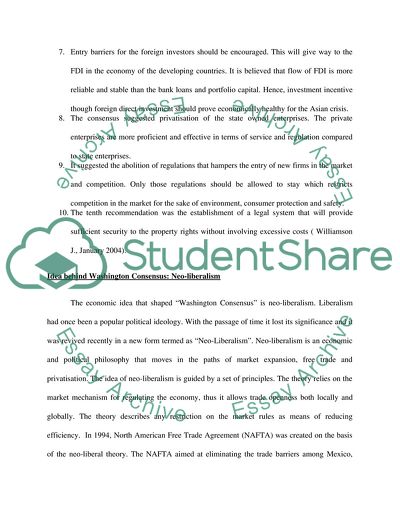Cite this document
(History of Washington Consensus Term Paper Example | Topics and Well Written Essays - 2365 words, n.d.)
History of Washington Consensus Term Paper Example | Topics and Well Written Essays - 2365 words. Retrieved from https://studentshare.org/macro-microeconomics/1723171-international-business-enviroment
History of Washington Consensus Term Paper Example | Topics and Well Written Essays - 2365 words. Retrieved from https://studentshare.org/macro-microeconomics/1723171-international-business-enviroment
(History of Washington Consensus Term Paper Example | Topics and Well Written Essays - 2365 Words)
History of Washington Consensus Term Paper Example | Topics and Well Written Essays - 2365 Words. https://studentshare.org/macro-microeconomics/1723171-international-business-enviroment.
History of Washington Consensus Term Paper Example | Topics and Well Written Essays - 2365 Words. https://studentshare.org/macro-microeconomics/1723171-international-business-enviroment.
“History of Washington Consensus Term Paper Example | Topics and Well Written Essays - 2365 Words”. https://studentshare.org/macro-microeconomics/1723171-international-business-enviroment.


